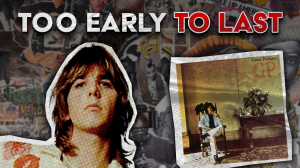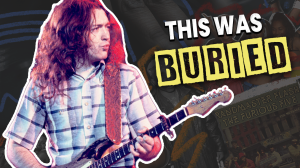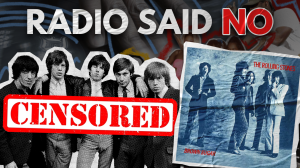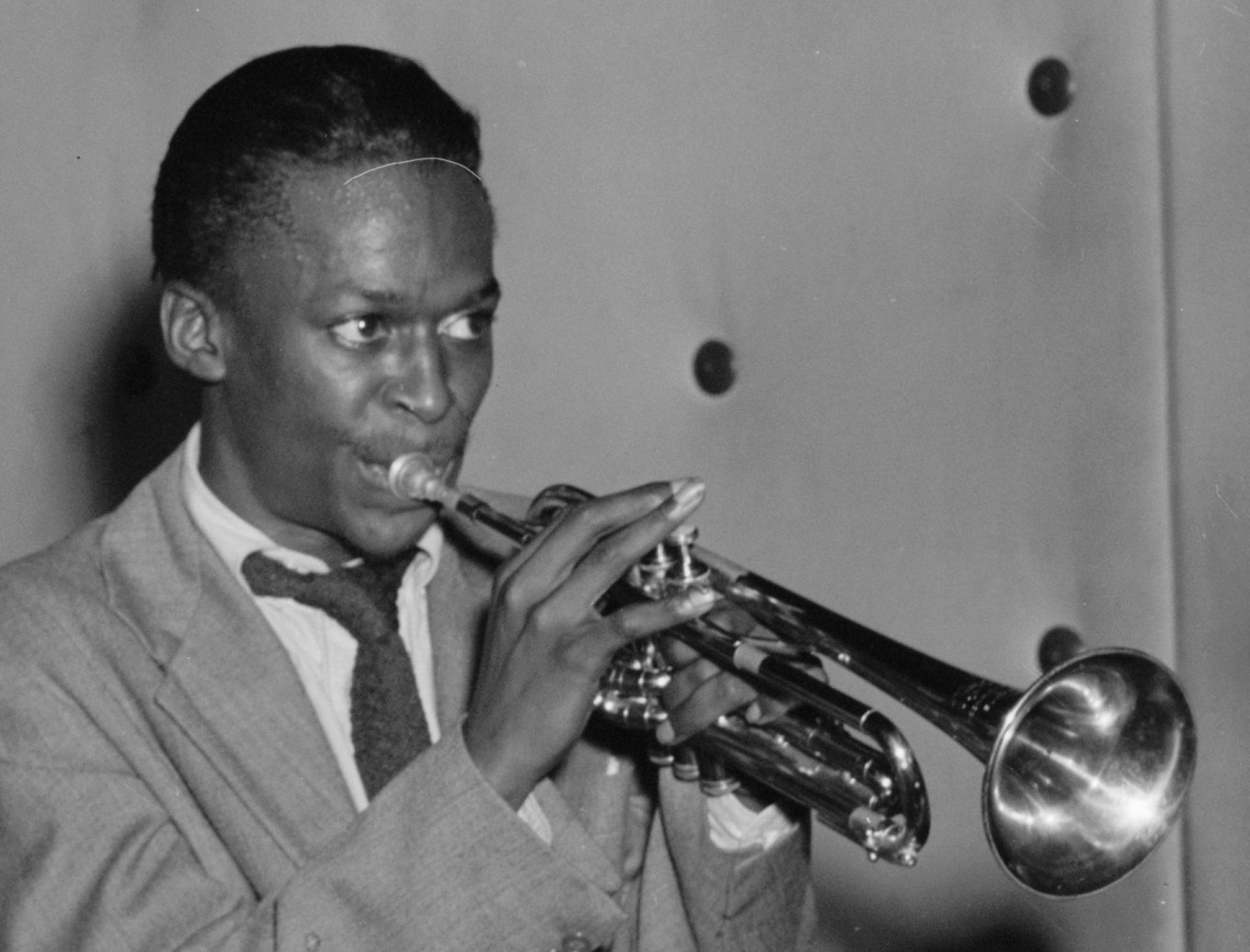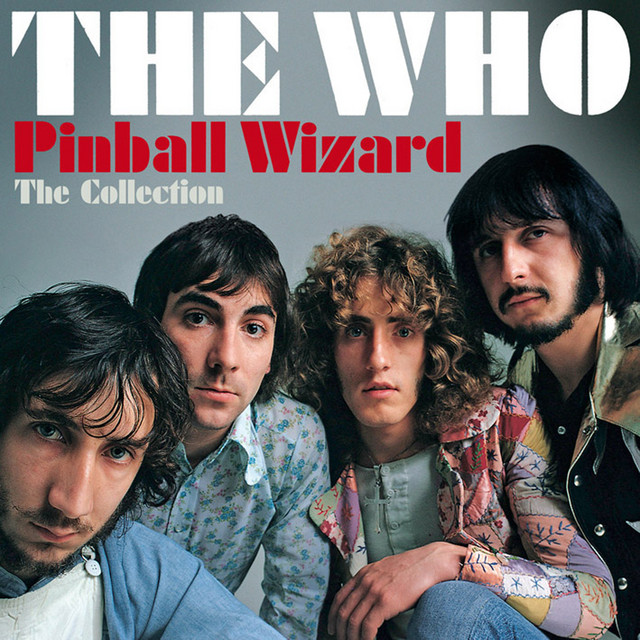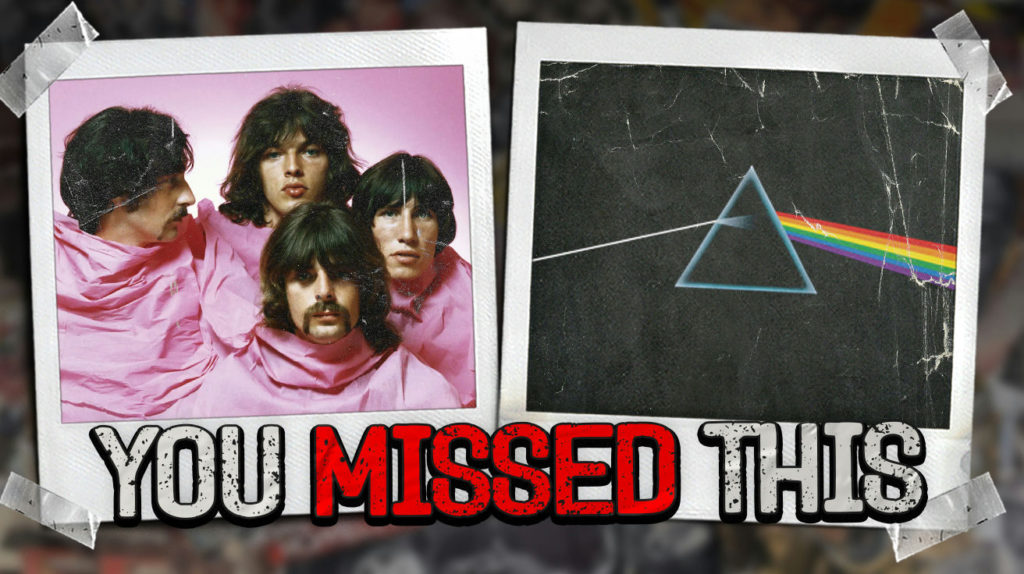
Pink Floyd’s Dark Side of the Moon dropped in March 1973 and refused to leave. Fifty years later, this sonic architecture blueprint still teaches producers how to build emotional landscapes that don’t collapse under their own weight. Most concept albums feel like homework assignments—this one feels like discovering a secret language. The album’s exploration of mortality, greed, and mental fragmentation doesn’t just hold up in our fractured digital age—it practically predicted it. Its impact is a key part of Pink Floyd’s cultural legacy that extends far beyond this singular work. From Childish Gambino’s “This Is America” to Billie Eilish’s whispered confessions, today’s artists are still stealing from this playbook.
9. “Any Colour You Like” – The Illusion of Choice
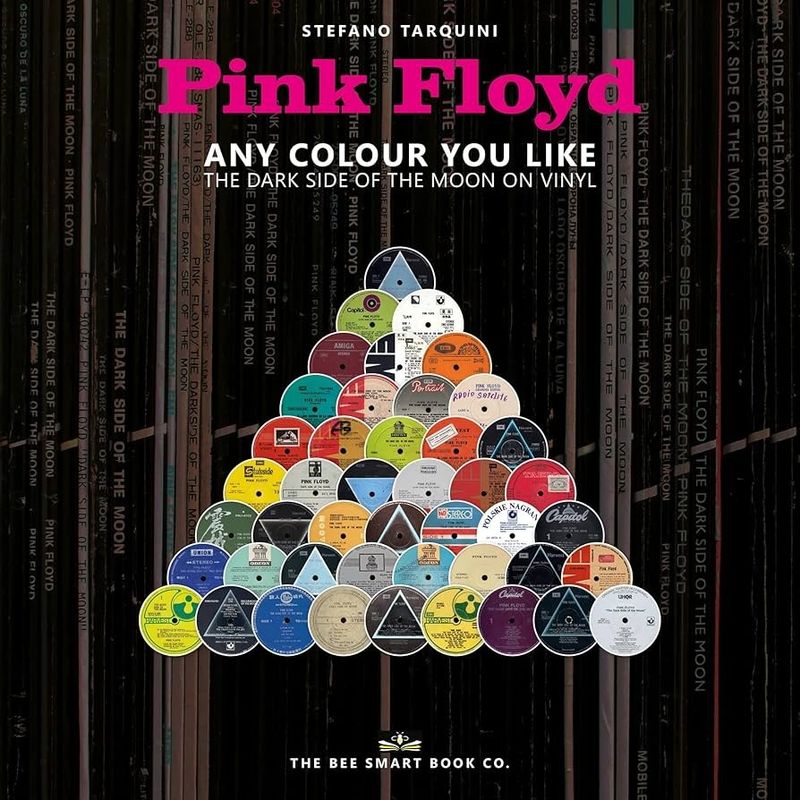
This instrumental interlude serves as the album’s hidden pivot point. It shares musical DNA with “Breathe” while transitioning from external observations to internal landscapes. The title references Henry Ford’s famous quote about the Model T: “Any customer can have a car painted any color so long as it is black.” Perfect metaphor for consumer culture’s illusion of freedom.
The swirling synthesizers and guitar create a disorienting effect—it’s like watching reality bend around you while choosing between thirty-seven flavors of the same basic product. The sounds owe a lot to the legacy of legendary synths that built the future of music, whose textures continue to inspire modern producers. Tame Impala’s Kevin Parker is probably the closest anyone’s come to capturing this vibe.
8. “Money” – Capitalism’s Most Successful Critic
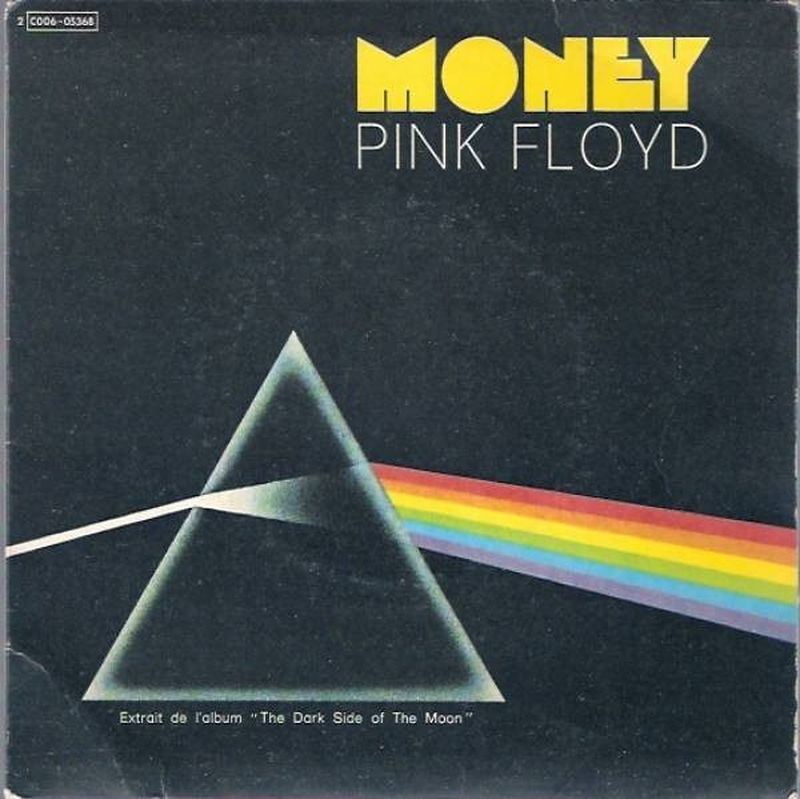
“Money” cuts through capitalism’s veneer with surgical precision wrapped in irresistible blues swagger. Its 7/4 time signature makes even the rhythm feel uncomfortable with wealth—a technique explored deeply in how unusual time signatures create disorientation within iconic tracks. The track constantly shifts like someone trying to hide their assets from the IRS. That famous cash register loop was created by splicing together actual register sounds, coins, and paper money on tape.
The cash register symphony that opens the track might be the most recognizable sound effect in rock history. It turns commerce into percussion. Roger Waters’ lyrics drip with sarcasm heavier than the bass line. The song’s massive commercial success despite its anti-commercial message remains one of rock’s great ironies. Drake’s “God’s Plan” uses similar irony, critiquing wealth while celebrating it.
7. “Brain Damage/Eclipse” – Madness as Clarity
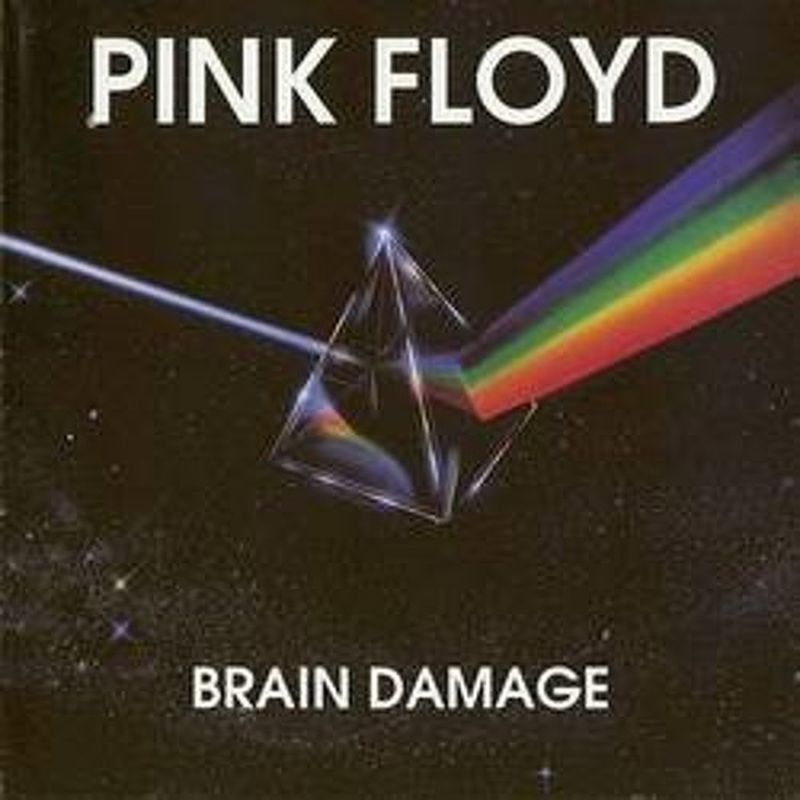
“Brain Damage” reclaims insanity as a legitimate response to an insane world. Drawing deeply from Syd Barrett’s creative legacy, the track suggests that those society labels “crazy” might simply be seeing a different side of reality. The lunar imagery isn’t accidental—”lunatic” literally means “moon-struck.” The track’s bouncy, almost nursery-rhyme quality creates unsettling contrast with its exploration of fractured minds.
“Eclipse” gathers all the album’s threads and ties them into a perfect philosophical knot. Its litany of everything that falls under the sun eventually being eclipsed by the moon. Light overcome by darkness, rationality by mystery. The track builds with gospel-like intensity toward its conclusion: “All that you touch and all that you see is all your life will ever be.” The heartbeat returns, completing the cycle. Artists like Tyler, the Creator and Mac Miller have explored similar themes of mental health and existential questioning.
6. “Time” – The Alarm Clock That Never Stops Ringing
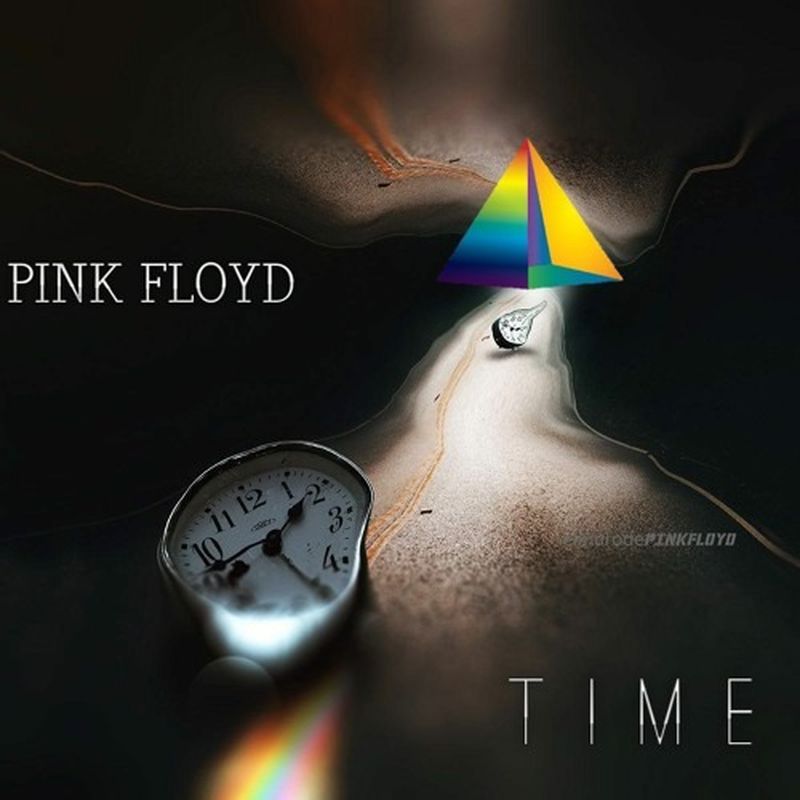
Nothing announces mortality quite like “Time,” with its alarm clock artillery that still startles listeners five decades later. Engineer Alan Parsons recorded those clocks at an antique shop, then synced them perfectly in the studio. His craftsmanship is part of the technical impossibility of album-movie sync mythos surrounding the album. Nick Mason’s drumming style doesn’t just keep time—it hunts it down and corners it like a debt collector who knows where you live.
The lyrics hit like a 3 AM existential crisis. That moment when you realize youth isn’t infinite and opportunities have expiration dates. When Gilmour sings “hanging on in quiet desperation is the English way,” he’s describing how most of us navigate careers and relationships. The song’s shift from panic to resignation mirrors our own journey from fighting time to surrendering to its flow.
5. “Us and Them” – Division Dissected
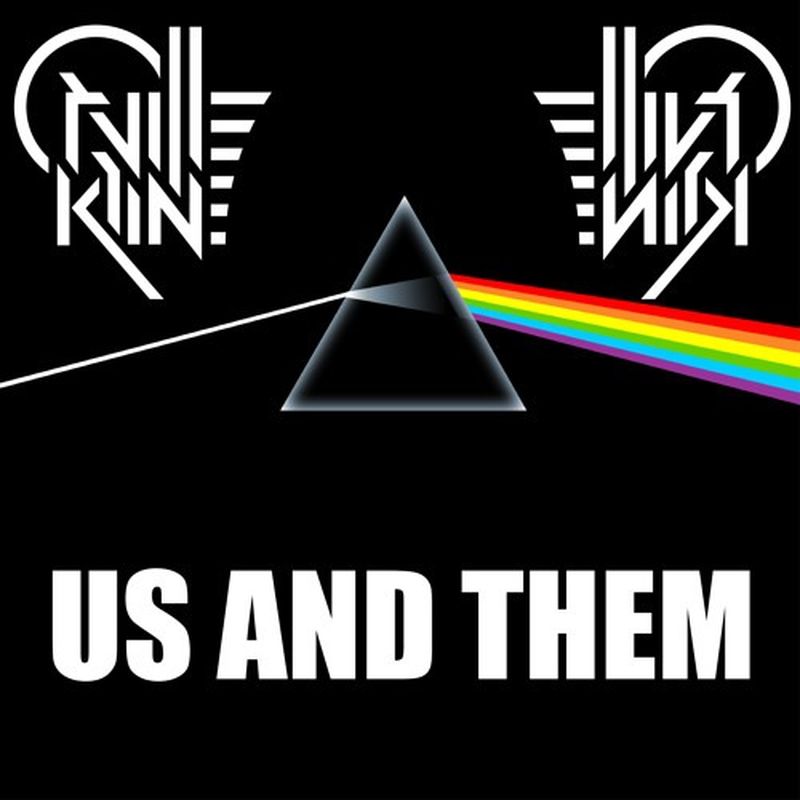
“Us and Them” dissects human tribalism with devastating clarity. Wright’s piano piece was originally composed for the film Zabriskie Point as “The Violent Sequence.” It creates a meditative space for contemplating our species’ need to pick sides. That haunting, otherworldly sound in Dick Parry’s saxophone comes from a Leslie speaker and electric organ sound setup that lends the track its signature swirling effect.
The saxophone doesn’t just solo here—it testifies. It offers emotional evidence of our shared humanity while the lyrics observe division. Despite our interconnected world, we still default to binary thinking. This tendency has only intensified in our algorithm-driven echo chambers. Artists like Kendrick Lamar and J. Cole continue exploring these themes of artificial division in modern hip-hop.
4. “Breathe” – When Restraint Becomes Power

Where most rock albums would already be throwing sonic haymakers, Breathe offers a gentle hand on your shoulder instead. Richard Wright’s mastery of Farfisa and vintage organs in rock and his use of the Hohner Pianet create that floating keyboard texture. Meanwhile, Gilmour’s lap steel guitar weaves through them with the patience of someone who’s learned that rushing ruins everything.
The track unfolds like advice from someone who’s survived too many cycles of hype and disappointment. “Run, rabbit run” isn’t just a lyric—it’s recognition that we’re all trapped in the same hamster wheel. When Gilmour sings “don’t be afraid to care,” it lands somewhere between comfort and caution. Today’s bedroom producers trying to recreate this vibe should note: less is always more.
3. “The Great Gig in the Sky” – Death Gets a Voice
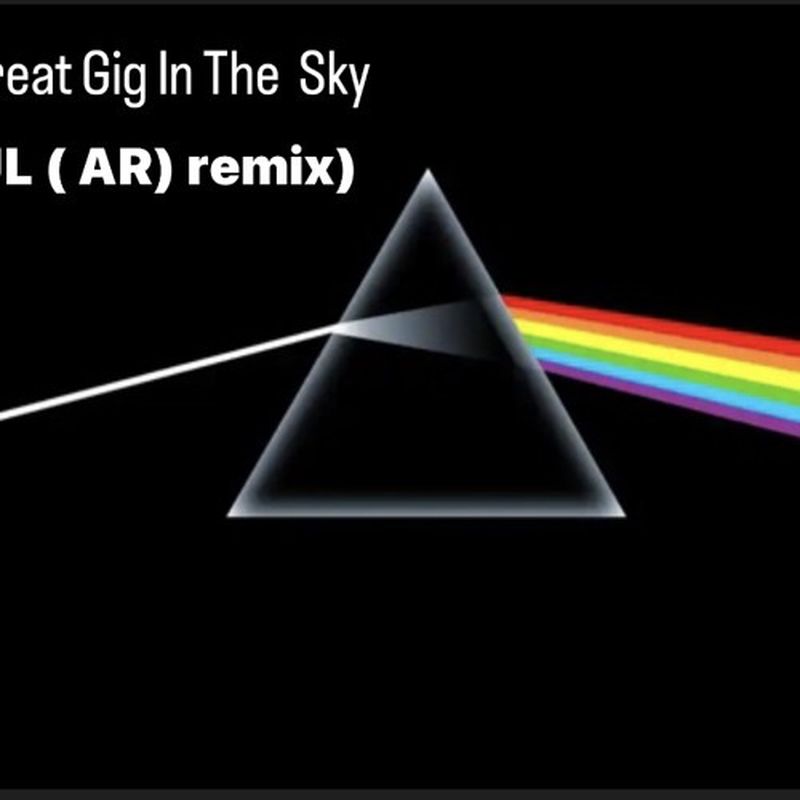
If death had a voice, it might sound like Clare Torry’s wordless performance floating over Richard Wright’s piano. Originally titled “The Mortality Sequence,” this track confronts our ultimate destination with brutal honesty and unexpected grace. Torry’s transcendent vocals rank among iconic vocal performances in classic rock, communicating volumes without uttering a single word. She recorded her vocals in just two takes using a Neumann U47 microphone. The band paid her £30 for the session—she later sued for royalties and won.
The performance moves through the stages of grief in real-time. Denial’s screams, anger’s wails, bargaining’s pleading, depression’s exhaustion, and acceptance’s gentle exhale. It’s remarkable how a song without lyrics communicates more about mortality than most funeral eulogies. Today’s artists like Solange and FKA twigs use similar wordless vocal techniques to convey pure emotion.
2. “On the Run” – Anxiety Before It Had a Name
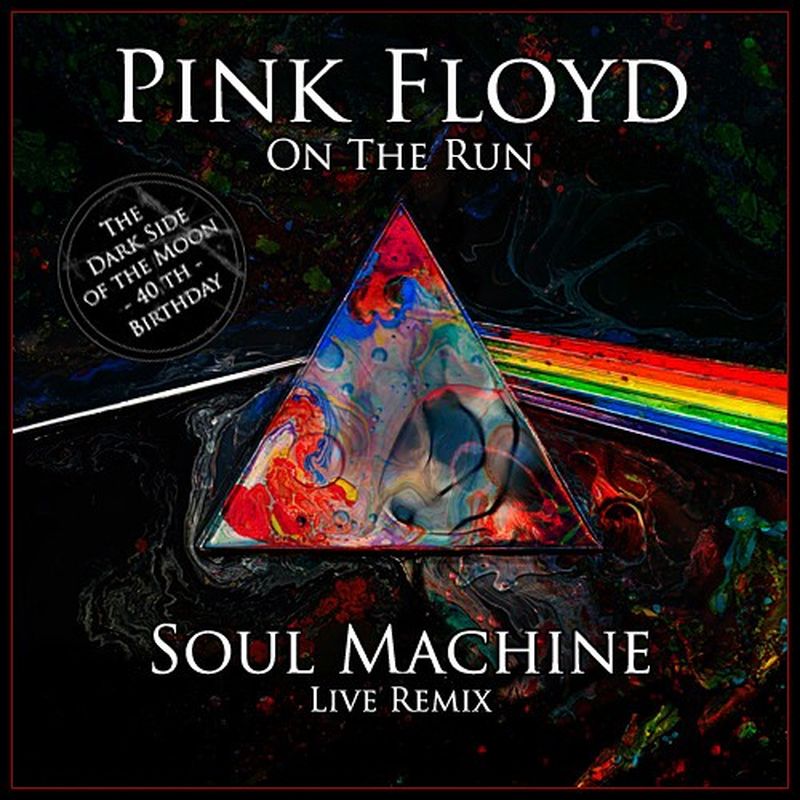
Before panic attacks had their own pharmaceutical commercials, Pink Floyd bottled the feeling in synthesizer form. What began as a simple guitar jam called “The Travel Sequence” transformed when Waters and Gilmour discovered the EMS Synthi A’s impact on electronic music. This British modular synthesizer became both the medium and the message. Its sequencer created those relentless patterns that feel like anxiety in audio form.
The track moves like scrolling through disaster headlines on your phone at 3 AM. Those airport announcements and Doppler-shifted sounds create disorientation that feels uncomfortably familiar. It’s the sound of modern life’s perpetual motion machine. Artists like Aphex Twin and Death Grips still use similar techniques to create that “trapped in the machine” feeling.
1. “Speak to Me” – The Perfect Opening Statement
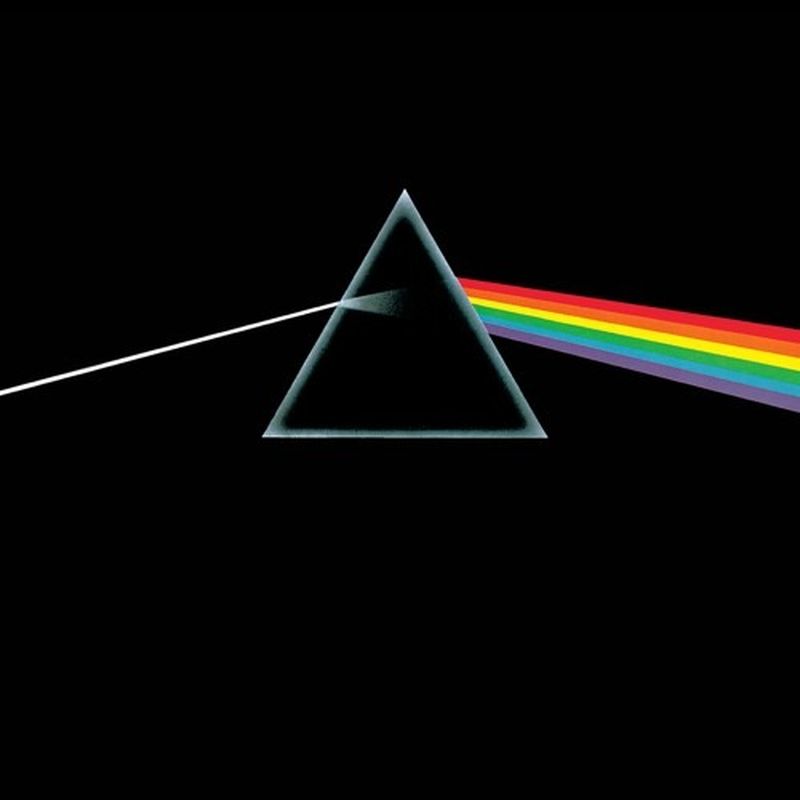
That solitary heartbeat cuts through silence like a birth announcement. What starts as medical equipment monitoring becomes the rhythm of existence itself. It gradually accelerates until cash registers, ticking clocks, and helicopter blades join the conversation. This isn’t just an album opener—it’s a masterclass in sonic storytelling that most producers still can’t replicate. This approach is a hallmark example of recurring musical motifs in album concepts, where every sound builds continuity and emotional resonance.




